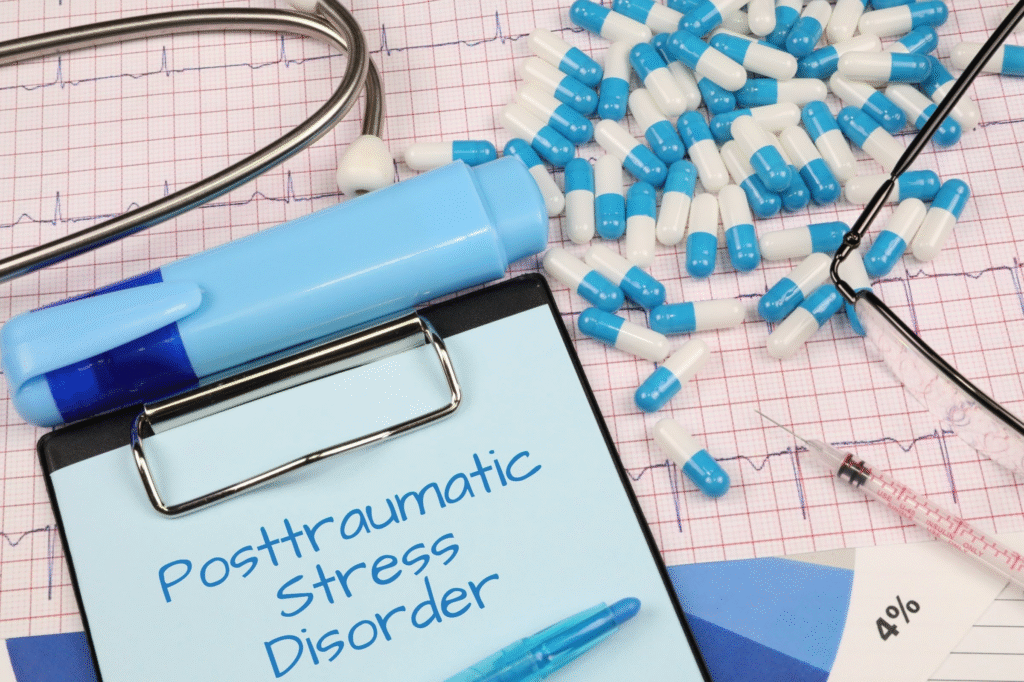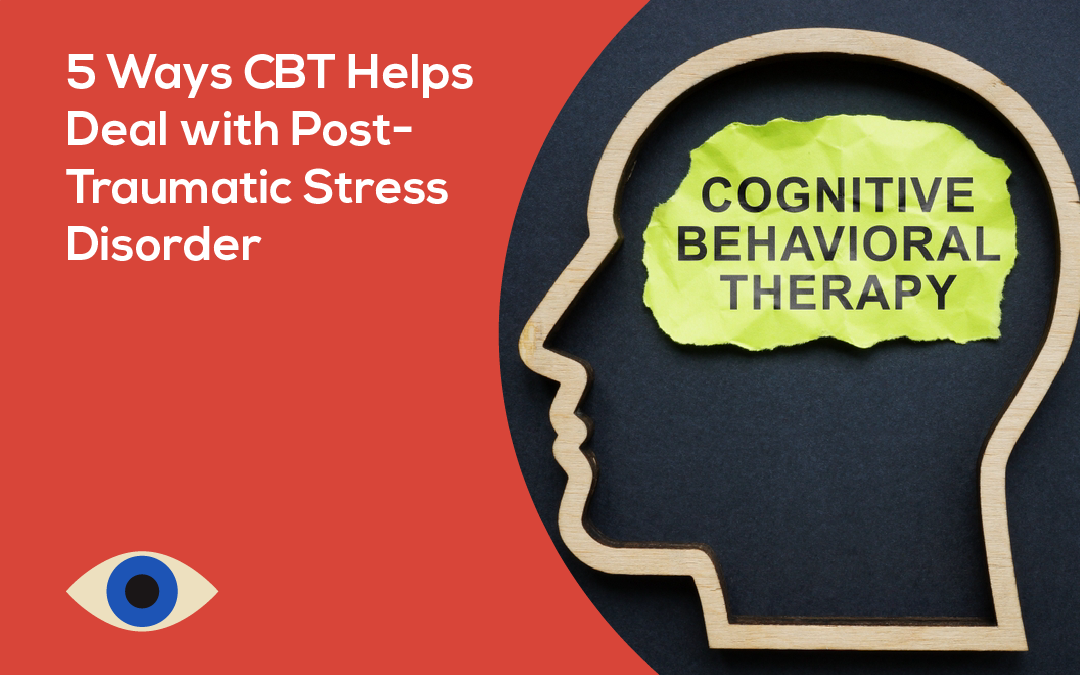Cognitive Behavioral Therapy (CBT) has earned its stripes as one of the most effective approaches in treating Post-Traumatic Stress Disorder (PTSD). Five ways CBT helps, shown by solid research and numbers.

- Reprocessing Traumatic Memories
- CBT focuses on understanding and reprocessing traumatic memories. The aim is not to erase these memories but to change the narrative surrounding them. According to a study published in the American Journal of Psychiatry, about 60-70% of patients show significant improvement after a course of CBT focused on trauma.
- Challenging Negative Thought Patterns
- A key component of CBT is helping individuals identify and challenge negative thought patterns associated with PTSD. Cognitive distortions, such as catastrophizing or all-or-nothing thinking, can perpetuate symptoms. CBT can really help fix those faulty thought patterns, paving the way for… Stronger emotional control and the ability to recover from challenges will come more easily.
- Building Coping Strategies
- CBT equips individuals with practical coping strategies to handle anxiety and distress. Deep breaths, grounding techniques, and thought-stopping—these are all useful skills to learn. A bunch of research showed that… For PTSD, CBT shows a 50% reduction in symptoms. Managing trauma’s impact is easier with this effective tool. If you’re working on building resilience, this is it. Prepare to be amazed. It’s seriously helpful, you’ll see. It works. It’s that good.
- Exposure Therapy
- As part of CBT, exposure therapy allows individuals to confront their traumatic memories in a safe and controlled environment. This helps to desensitize them to the triggers associated with PTSD. Findings from the Journal of Consulting and Clinical Psychology suggest that exposure-based CBT can lead to a 20-30% improvement in PTSD symptoms after just a few sessions.
- Boosting Overall Quality of Life
- CBT does not just focus on reducing PTSD symptoms but also aims to improve overall well-being. Improvements in how people connect with others, how well they do at work, and how easily they handle daily tasks are frequently reported. Many people said their families felt closer, and they got more done at work. According to a survey by the National Center for PTSD, individuals engaged in CBT reported a 65% increase in their quality of life compared to other treatment modalities.

CBT’s structured approach to PTSD is really effective. Past hurts? The path to recovery? This research project—what’s the deal? It’s got the solution. It’s all here. Healthier times are on the horizon, thanks to this. It really works. People find it really helpful. Stronger thinking, better coping skills, and more inner strength—that’s what this approach offers. Lives are rebuilt, and people take back the reins. Imagine facing setbacks with renewed confidence and a clear mind—that’s the power of this method. So if you or someone you know is struggling, consider exploring the transformative power of CBT—it’s your first step towards healing.




0 Comments